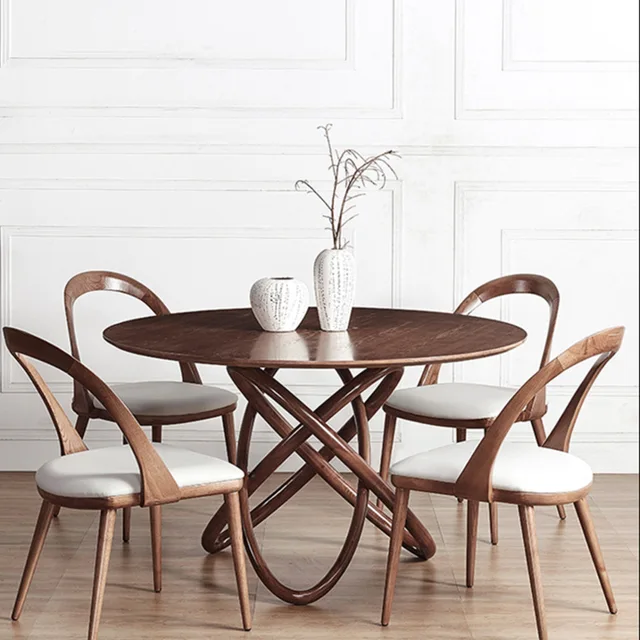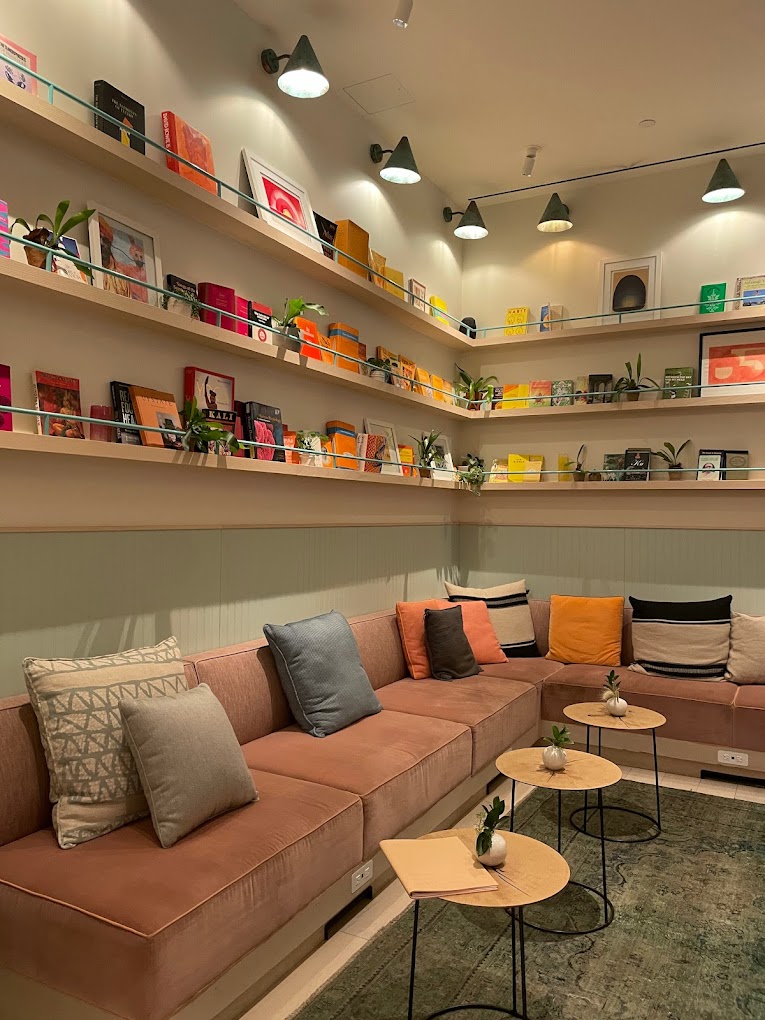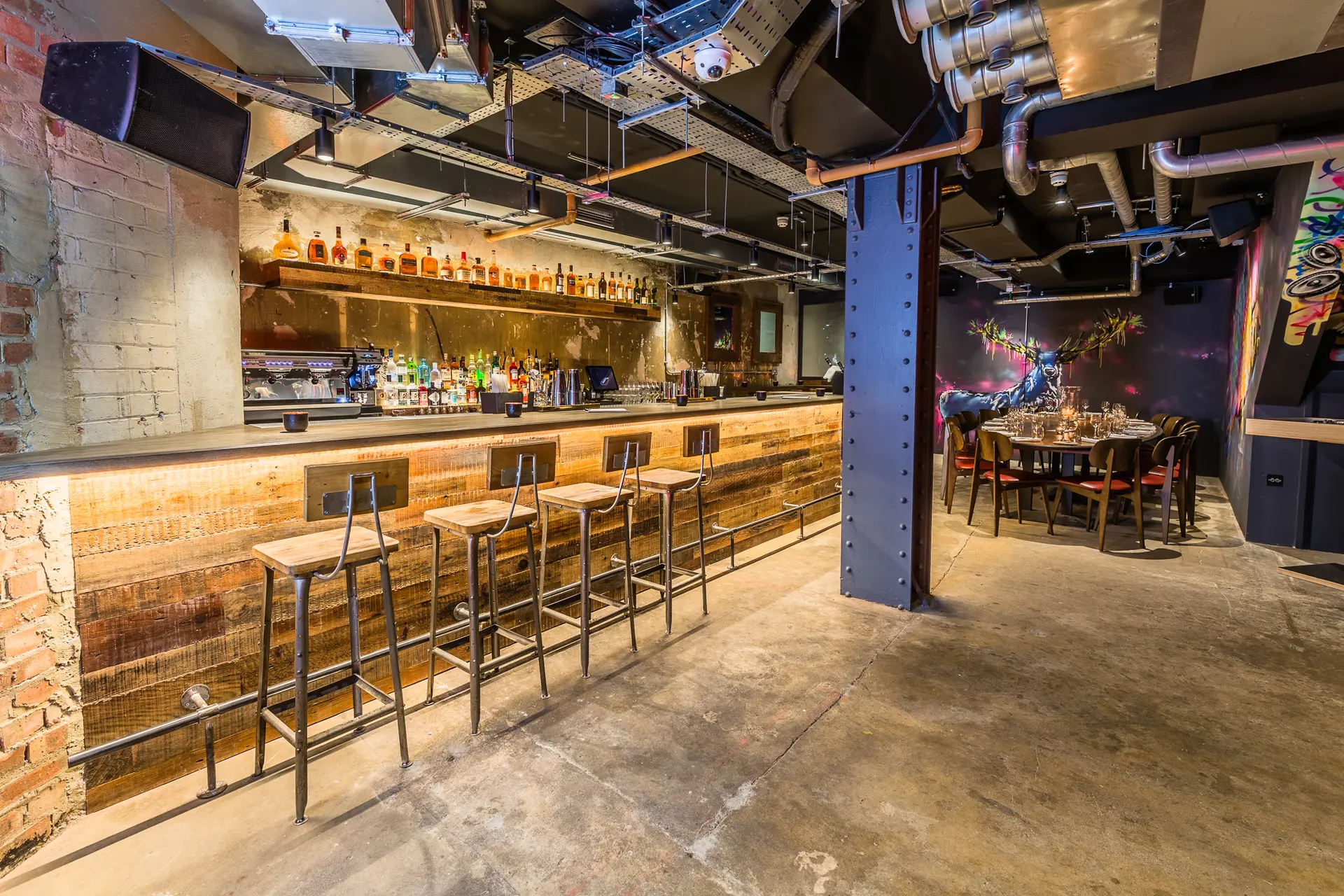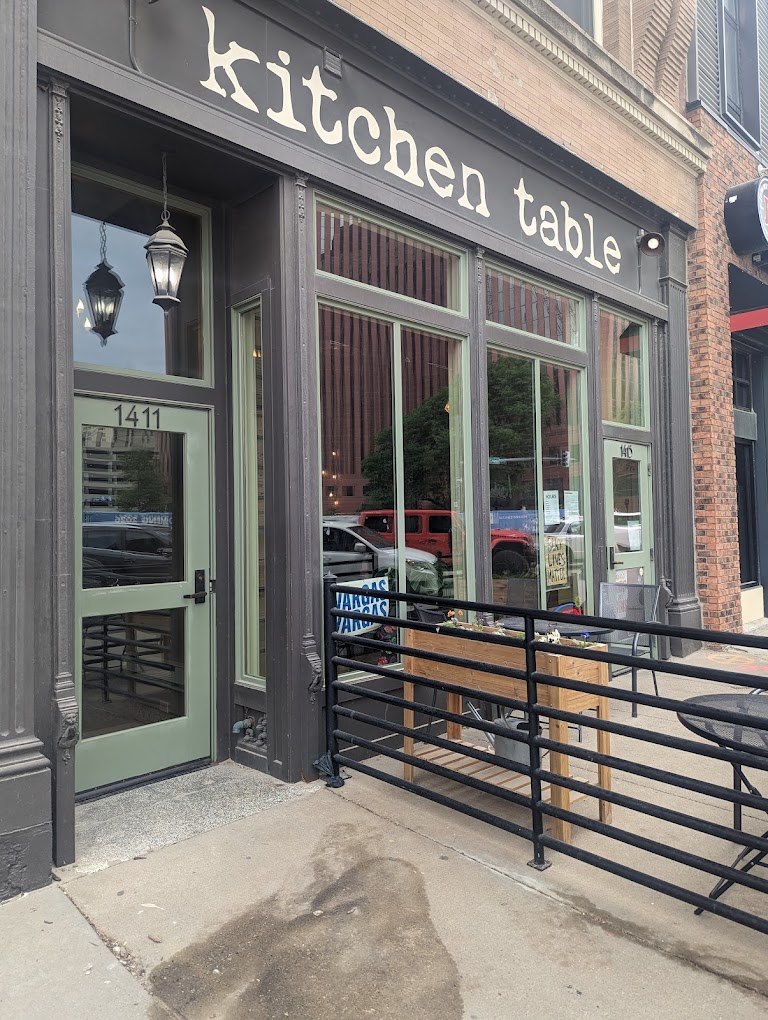When choosing a coffee, dining or side table, stability and durability should be top priorities alongside style. A quality table crafted from solid materials can withstand years of regular use without wobbling or damage. The “hand test” is one simple way to assess if a table has the strength to avoid buckling or shaking when leaned on. Here’s a detailed look at how table design, joinery and materials impact rigidity and longevity.

Performing the Hand Test
The hand test gauges whether a table has adequate stability:
- Step 1: Stand next to the edge of the table and place one hand flat on the tabletop surface.
- Step 2: Apply light pressure by leaning inward and pushing down through the hand/arm onto the table.
- Step 3: Increase force gradually, bearing more body weight through the arm onto the edge.
- Step 4: A table that barely budges, shifts or makes any creaking sounds passes the hand test. If it starts to buckle or wobble easily, it fails the test.
While no table should allow you to put a hand fully through it, this quick check lets you assess the strength and durability using your body weight. Let’s look at the design factors that help tables pass this test.
Table Design Elements for Stability
Certain design characteristics contribute to superior table stability:
Tabletop Thickness
Thicker tabletops resist sideways force or downward pressure better. 3⁄4 inch is ideal, while 1⁄2 inch may compromise stability.
Frame/Base Design
Thicker legs, rails and base structures withstand force without shaking. H-shaped cross-beam bases add lateral strength.
Leg Placement
Tables with 4 widely spaced legs offer optimal stability versus 2-leg or 3-leg tables.
Weight Capacity
Look for a high weight capacity around 50-100 lbs for occasional sitting on edges. Sturdier frames support more.
Table Size
Larger tabletops need stronger underlying structures to prevent sagging, especially at the joints.
High-Quality Joinery Techniques
Premium joinery is crucial for durability:
- Mortise and Tenon Joints – Tight interlocking wood joints don’t loosen under pressure or heavy use.
- Dowel Joints – Bolster joints with internal hardwood dowel pins glued securely in place.
- Corner Blocks – Triangular blocks reinforce 90-degree joints against racking or loosening.
- Double Screws – Thicker joints are reinforced with two screws rather than one for robustness.
- Corner Braces – Diagonal corner braces or rail connectors prevent wobbling.

Best Materials for Stable Tables
The right materials create rock-solid tables:
Wood Tabletops
Hardwoods like oak, maple and walnut have dense, non-porous grains ideal for resilience. Avoid particleboard or low-density softwoods.
Metal Tabletops
Steel offers superb tensile strength in thin tabletops. Opt for scratch-resistant laminate, wood or veneer surfaces.
Table Bases
Powder-coated steel bases are ultra-durable and resist rusting or chipping. Durable metal alloys like aluminum also work well.
Solid hardwood legs are attractive and robust if properly reinforced at stress points.
Stone Tops
Granite, marble, slate – A full 1-2 inch slab thickness gives unbeatable stability under heavy use or weighted loads. Adds significant weight.
Avoid Flimsy Designs
Watch out for these red flags when table shopping:
- Narrow, spindly legs on tall tables compromise stability. Seek sturdy widths over 1 inch.
- Two front legs cannot fully prevent racking on longer rectangular tables. Opt for 4 robust legs.
- Round pedestal table bases lack mid-frame support. Choose weighty stone tops or wide-spanned bases.
- Low-density softwoods like pine can dent and lose shape if knocked or stressed at joints.
- Particleboard cores are prone to swelling and crumbling when subjected to moisture or direct force.
Table Longevity Through Strength
A table designed to resist racking, shifting and denting can serve your family reliably for decades. Apply a simple hand test when choosing new tables or furnishings to assess structural stability right away. Invest in solid craftsmanship and premium materials to find hardworking everyday tables that only get better with age. Give your dining and decor a firm foundation designed to endure years of hospitality and gatherings.










